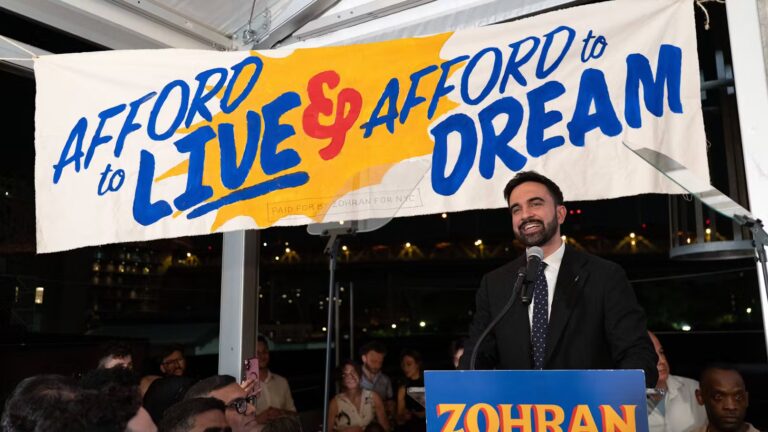The New York Times and the Washington Post reported on a new study of American tax burdens by economists Emmanuel Saez and Gabrieal Zucman of the University of California at Berkeley. The study analyzes the “effective” tax rates paid by Americans since the 1960s—a measure that accounts for not just federal income taxes but corporate taxes, state and local taxes, and licenses for vehicles and businesses. The study finds that in 2018, for the first time in history, the effective tax rate paid by America’s richest 400 families was lower than the effective tax rate paid by the bottom half of American households. While the effective tax rate paid by the bottom 50% has remained fairly constant, the effective tax rate paid by the 400 richest families has dropped dramatically, falling from 56%, in 1960, to today’s rate of 23%. That fall has occurred over decades, but the study’s authors identify the 2017 Tax Cuts and Jobs Act, which lowered the top income tax bracket and slashed the corporate tax rate, as the factor that finally pushed the tax rate for the 400 richest families below the 24.2% rate paid by the bottom 50% of families.
The Wall Street Journal reported that contract negotiations between GM and the UAW have turned to wages, with the union pushing for more guaranteed wage increases, and GM for increased pay in the form of lump-sum bonuses. According to an economist at the Center for Automotive Research, GM hopes that by paying one-time bonuses rather than increasing wages, it will retain flexibility and avoid being stuck with high labor costs during a sales slump. The union, on the other hand, wants its members to have income security even when profits dip—security that increased wages, but not bonuses, will provide. Other topics still on the table include the number of cars that GM will manufacture in the US, retirement benefits, and contract signing bonuses.
While the Supreme Court heard oral arguments in Bostock and Harris today, Marketwatch reported on the current state of economic inequality for LGBTQ Americans. LGBTQ workers typically make less money than their heterosexual counterparts; in 2018, LGBTQ workers reported a median household income nearly $20,000 less than that reported by heterosexual workers. LGBTQ people are more likely to be jobless; while the national unemployment rate is 3.6%, the unemployment rate for LGBTQ people, as of January 2019, was 9%. For transgender people it was 15% (that number, however, comes from a 2015 study). And LGBTQ workers are vulnerable to being fired for their sexual orientation and/or gender identity; 28 states currently lack laws barring workplace discrimination based on sexual orientation, and 30 lack laws barring discrimination on the basis of gender identity. Whether Title VII provides those protections remains to be seen.






Daily News & Commentary
Start your day with our roundup of the latest labor developments. See all
December 12
OH vetoes bill weakening child labor protections; UT repeals public-sector bargaining ban; SCOTUS takes up case on post-arbitration award jurisdiction
December 11
House forces a vote on the “Protect America’s Workforce Act;” arguments on Trump’s executive order nullifying collective bargaining rights; and Penn State file a petition to form a union.
December 8
Private payrolls fall; NYC Council overrides mayoral veto on pay data; workers sue Starbucks.
December 7
Philadelphia transit workers indicate that a strike is imminent; a federal judge temporarily blocks State Department layoffs; and Virginia lawmakers consider legislation to repeal the state’s “right to work” law.
December 5
Netflix set to acquire Warner Bros., Gen Z men are the most pro-union generation in history, and lawmakers introduce the “No Robot Bosses Act.”
December 4
Unionized journalists win arbitration concerning AI, Starbucks challenges two NLRB rulings in the Fifth Circuit, and Philadelphia transit workers resume contract negotiations.